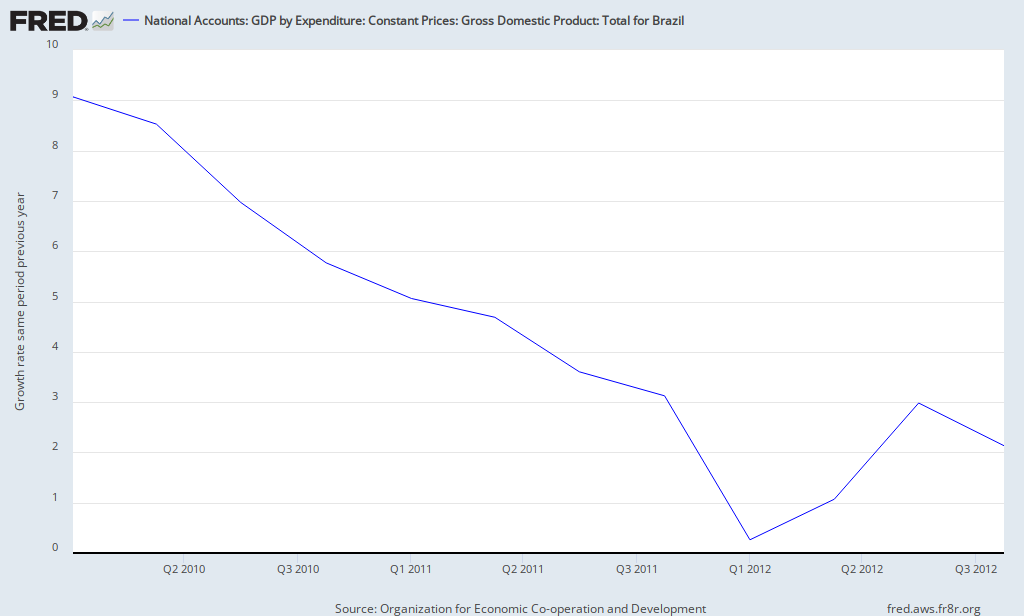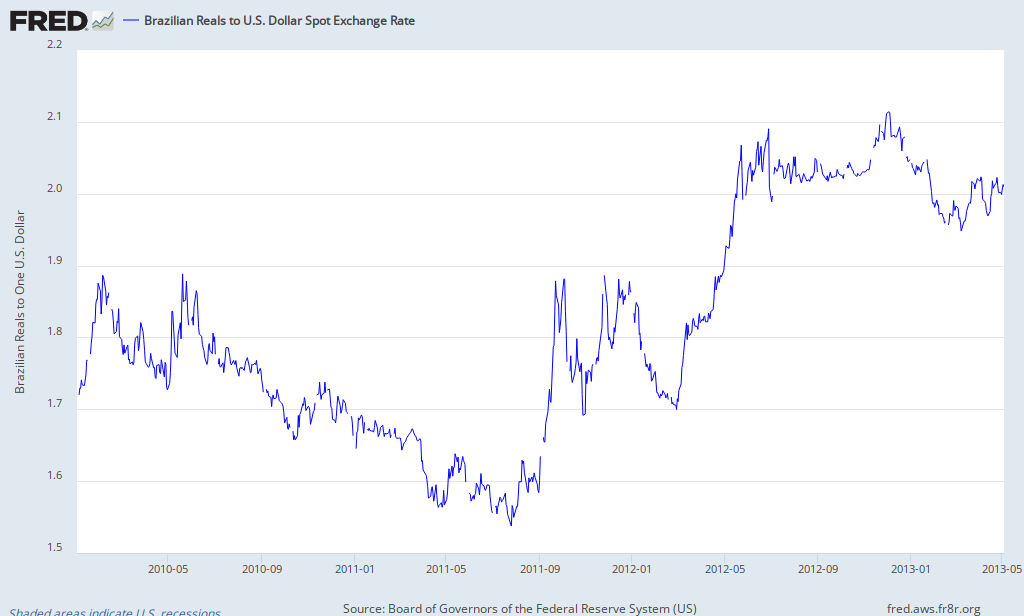Part II: Money Ball and Spread and Pray
In an underperforming industry, innovation and disruption are the norm. In Venture Capital, however, we have not seen many transformations over the past 30 years... but that seems to be changing
Recently a set of new tactics has emerged: Spread and Pray and Money Ball. In a nutshell, both strategies are using portfolio theory and econometrics to generate what they believe are better investment decisions.
Spread and pray is a strategy where one invests in a big portfolio of companies without investing too much in nor adding too much value to any of them.The investment thesis is that since VC returns are driven by home runs and predicting them is impossible, investing across a big portfolio increases the probability of getting one and delivering good returns.
This strategy is often compared to investing in indexes of the stock market where one gets diversification and low costs. When the investment is diversified, the expected return is the same; but the volatility is lower because the idiosyncratic risk is greatly reduced. If costs are reduced, then, expected returns are also higher because of the savings. This strategy is sound because financial markets are first-degree and possibly second degree efficient; meaning that stock prices fully reflect all public information. Consequently, investing blindly in the stock market yields the same return as "studying" stocks.
Venture Capital investments are slightly different. First of all, there are thousands of people investing in stocks and at least a dozen analysts covering each company from investment banks and major investment funds. Venture Capital deals are analyzed by only a few funds and valued, at most, by a couple. Consequently, to invest in a VC-style company you cannot just invest by assuming market valuations correctly reflect underlying fundamentals, because such information does not exist. You have to pay analysts to make an educated valuation and perform due diligence, so you cannot save money on costs.
A second difference is that VC investments cannot be fully atomized the way stocks are. Even if funds spread their money across many investments they will still have at most 20 investments of a universe of thousands of companies. Early stage and Angel investment allows for smaller investments and, in that case, it might be possible to spread your investments a bit more. Accelerators are good examples of this trends with 500 startups and Y Combinator investing in hundreds of new companies.
A final difference is that a regular asset allocation is mainly invested in stocks, so investing in an index is a way to diversify the whole portfolio. A VC Fund represents at most 5% of a portfolio and, therefore, the volatility it adds to the portfolio does not only depend on its own volatility but on the covariance with the rest of the assets. This cross-effect is constant, no matter how big the portfolio.
To sum up, spread and pray does not give better expected returns because the fixed costs are the same as more concentrated Venture Capital; but they give a little lower volatility to the portfolio. In exchange, Fund Managers cannot add value consistently to their portfolio, reducing the potential upside of each company. If Limited Partners want more diversification, they could simply make smaller commitments into many non-spread and pray Funds and get the same lower expected volatility with more GP value added. Spread and Pray is a good strategy for an Angel Investor, but a poor one for a Fund.
The
Money Ball strategy is a little more vague on its meaning; so I wi
ll tak
e the definition by Matt Oguz -Palo Alto Venture Science- of what Money Ball VC does:
- Establish a data-driven selection model
- Optimize investment sizes per company
- Optimize investment portfolio of companies
Creating a data-driven automated algorithm for investment is an idea taken from Wall Street´s Quant or Algorithmic trading strategies, a long standing practice in the financial markets. These strategies rely on sophisticated Financial Econometrics to predict prices or relative prices. They have been very successful in the past, but statistical arbitrages have become harder over time because of stern competition and unstable market conditions.
To generate a robust predictive model one needs a lot of data and good and stable relationships. Venture Capital lacks all of this.
First of all, there is very little data on Venture Backed Firms. VC information is private, so getting access to it is really hard. Also, a lot of the ex-ante important info on start-ups is subjective (i.e. the quality of the team). Finally, financial markets have operations every second; VC has only 500 exits a year.
Also, I have not crunched the numbers nor seen the databases, but it is hard to believe there is a strong correlation between risk / success rates and measurable variables (years of experience, team size, industry, etc), even if complemented with internet data-crawling (visits, growth, mentions, links).
Finally, even if those relations exist, they should be very unstable since successful VCs have invested in companies with very different profiles across time. This is a recipe for harder econometrics (building completely time varying correlation matrixes is hell) and diminished robustness.
This does not mean that you cannot extract value from data, but that you cannot rely on it solely. Data-crawling can help you understand the real depth of penetration of a brand or product and understand trends. Data analysis can give you hints, add information and insight. But they cannot give you yes or no answers to investment.
The Start Up Genome Project has put together a database of 16.000 start ups. Their conclusions are a good guide to what you can do by using statistics. They have established that: Pivots, Team Size and Team Experience are valuable inputs into the Investment Decision Process; while Mentorship, Experience and Super High Growth are not. They did not say how valuable Team Size is, but they found bigger is better. So, you should value big teams, you just do not know how much.
The most relevant Fund that uses Big Data and Statistics is Correlation Partners. However, they are never the lead investors on their ventures. This means that they believe that the data helps them predict within the firms that get funded which ones will do better; a much more subtle claim than being able to choose from the whole investment universe. In lots of ways, they are free-riding other VCs!
Most firms that talk about Money Ball only claim that they complement their decision process with data: Google Ventures, General Catalyst, OpenView, Greylock.
Data-driven selection models do not seem like a sensible claim as of today. Data-supported decision processes on the other hand are here to stay.
Then there is the "portfolio theory" part of the Money Ball: optimize investment size and optimize investment portfolio of companies. A pretty similar claim to Spread and Pray: lower volatility and lower risk by optimizing correlation (Markowitz, etc) instead of increasing portfolio size.
In a regular VC fund only 10-20% of the companies survive, mainly because of idiosyncratic risk. So, it is not clear how can an industry correlation analysis significantly diminish the volatility of returns, since you have no idea which companies will survive.
There might be a claim that survival depends on industry performance and, therefore, portfolio theory also reduces volatility by stabilizing survival ratios. This is a fair point, but only valid for "generalist" funds since industry-specific funds cannot diversify across counter-cyclical and cyclical businesses. Once again, LPs could invest among many industry-specific funds and get similar risk/ return profiles.
Maybe, this technique is used to reduce the covariance of the VC investments with stocks and reduce the Beta of the portfolio. However, a good valuation already takes Beta into account, so this would hardly be an improvement.
In conclusion, portfolio theory seems to add very little value by increasing the number of portfolio companies or their distribution across industries. And there is no reason why this shouldn´t be done at an LP-portfolio level instead of a VC-portfolio one.
All in all, Spread and Pray and Money Ball can help individual VC funds perform a little better by reducing volatility and increasing returns. But, only some of the techniques are really useful. I am particularly keen on data-supported decision processes.
Other opinions:
http://venturebeat.com/2012/11/09/startup-algorithm/
http://venturebeat.com/2013/01/10/vc-moneyball-rebuttal/
http://venturebeat.com/2012/12/23/venture-moneyball/
http://online.wsj.com/article/SB10001424127887323384604578326221992355916.html+
http://www.slideshare.net/paulsingh/moneyball-a-quantitative-approach-to-angel-investing-austin-tx-aug-2012
 Furthermore, in Private Equity there is a big set of evidence showing that fund managers that outperform the market consistently do so over successive funds: it is not only the volatility of returns that drives the differences, it is the difference in skills among managers.
Furthermore, in Private Equity there is a big set of evidence showing that fund managers that outperform the market consistently do so over successive funds: it is not only the volatility of returns that drives the differences, it is the difference in skills among managers.




















